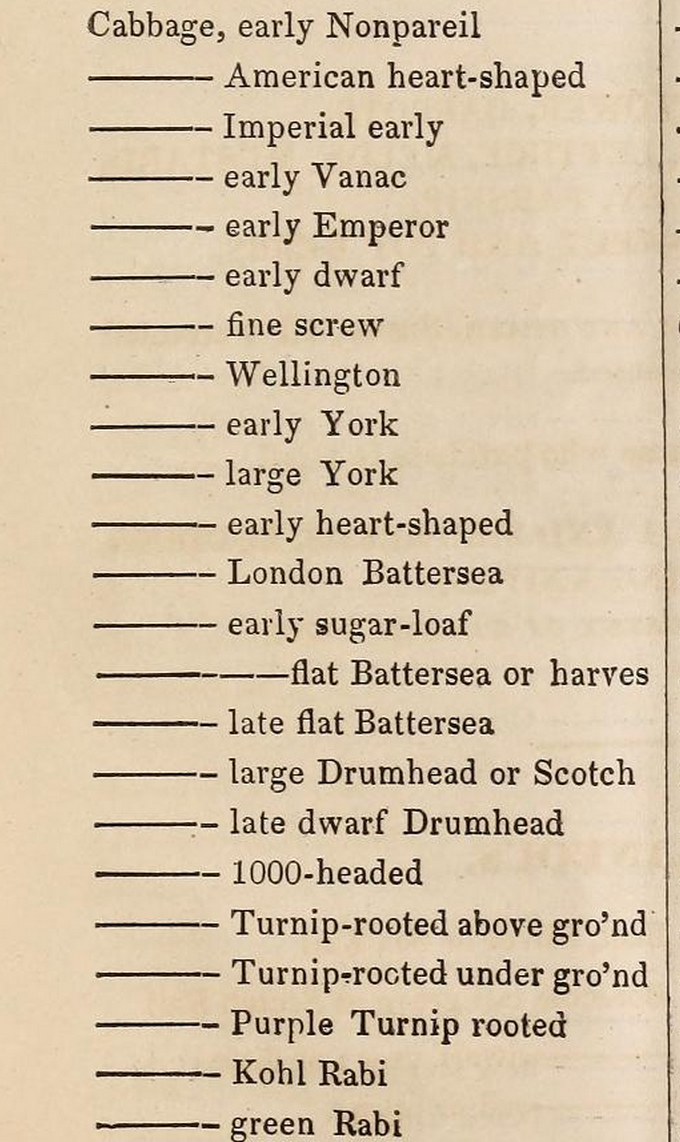He wrote, "On both sides of the river were very good lands filled with as beautiful and vigorous trees as are to be seen in the world, and of various sorts. A great many oaks, the finest I have ever seen in my life, and so full of acorns that they seemed like to break down with their weight.
Besides these there were the most beautiful maples, cedars, birches, and other kinds of trees not to be seen in France. The forest land toward the south is covered with vines, which are found loaded with grapes as black as brambleberries.
There were also many hawthorn-trees, with leaves as large as those of the oak, and fruit like that of the medlar-tree. In short, the country is as fit for cultivation as one could find or desire. We sowed seeds of cabbage, lettuce, turnips, and others of our country, which came up in eight days.".
Another Link: Nicely done, Canadian Museum of History Site
"There is no written record of cabbage being planted in what is now the U.S. until 1669 (says someone somewhere). (I have looked and looked and cannot find what this refers to!! Every reference to 1669 on the web that I can find must be quoting the same piece as no one quotes or cites the original written piece.) The popularity of the vegetable grew as colonists brought cabbage with them from Europe and planted it near their homesteads. Most of the varieties grown in the U.S. even today originated in Germany and the Low countries. During the 18th century, it was being grown by American Indians as well as by the colonists. German settlers soured cabbage and served it as sauerkraut. In New England, the colonists used cabbage in a boiled dinner which is still a favorite in the area. (I don't think so...)
In 1806, B. McMahon in his "The American Gardener's Calendar," mentioned early and late varieties for American gardens. Thorburn's "American Seed House Catalog," published in New York, listed 18 varieties in 1828."
One thing I do have is Bernard M'Mahon's catalog selections from around 1804.
Unfortunately it is an awful scan. I don't know what they do that gets that blurred background so you do not see the character of the paper anymore. Disgusting, actually...but all I have.
Included in this enlarged detail are all the cole crops, not just the heading sort.
At the end of this post is a full sized image of this whole broadside.
Grant Thorburn was a fascinating man. I have written about him elsewhere, and he wrote very entertaining memoirs! This catalog is from 1825.
The next list is from 1847. Nice illustration, isn't it?
And this is a wonderful catalog from Gregory of Marblehead, Massachusetts. Penciled on the first page of the large tri-fold catalog was the date 1867...probably written there by the librarian.
Aren't testimonials gripping?
:-)












No comments:
Post a Comment